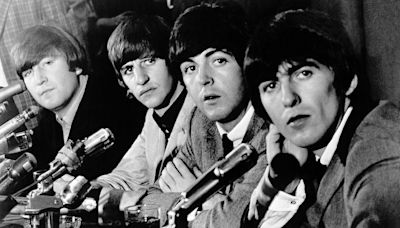Search results
6 days ago · guitar, plucked stringed musical instrument that probably originated in Spain early in the 16th century, deriving from the guitarra latina, a late-medieval instrument with a waisted body and four strings. The early guitar was narrower and deeper than the modern guitar, with a less pronounced waist.
An electric guitar is a guitar that requires external amplification in order to be heard at typical performance volumes, unlike a standard acoustic guitar. It uses one or more pickups to convert the vibration of its strings into electrical signals, which ultimately are reproduced as sound by loudspeakers.
The classical guitar, also called modern classical guitar, is a member of the guitar family used in classical music and other styles. An acoustic wooden string instrument with strings made of gut or nylon, it is a precursor of the modern steel-string acoustic and electric guitars, both of which use metal strings.
Dec 11, 2018 · Discover how the guitar has evolved over the centuries to become what we know today. Learn about the oud & lute, Baroque guitars, and today's guitars.
History of the classical guitar. The evolution of classical guitars began with the influences of the gittern and vihuela in the 16th century and ended with the modern classical guitar in the mid-19th century.
The following outline is provided as an overview of and topical guide to guitars: A guitar is a plucked string instrument, usually played with fingers or a pick. The guitar consists of a body with a rigid neck to which the strings, generally six in number, are attached.
Electric guitar is a type of musical instrument. The first one was made in 1931 by George Beauchamp. It is a string instrument usually played with a pick and sometimes with the fingers. It uses things called "electric pickups " which are wire-wound magnets that change the vibration of the strings into electric current.




